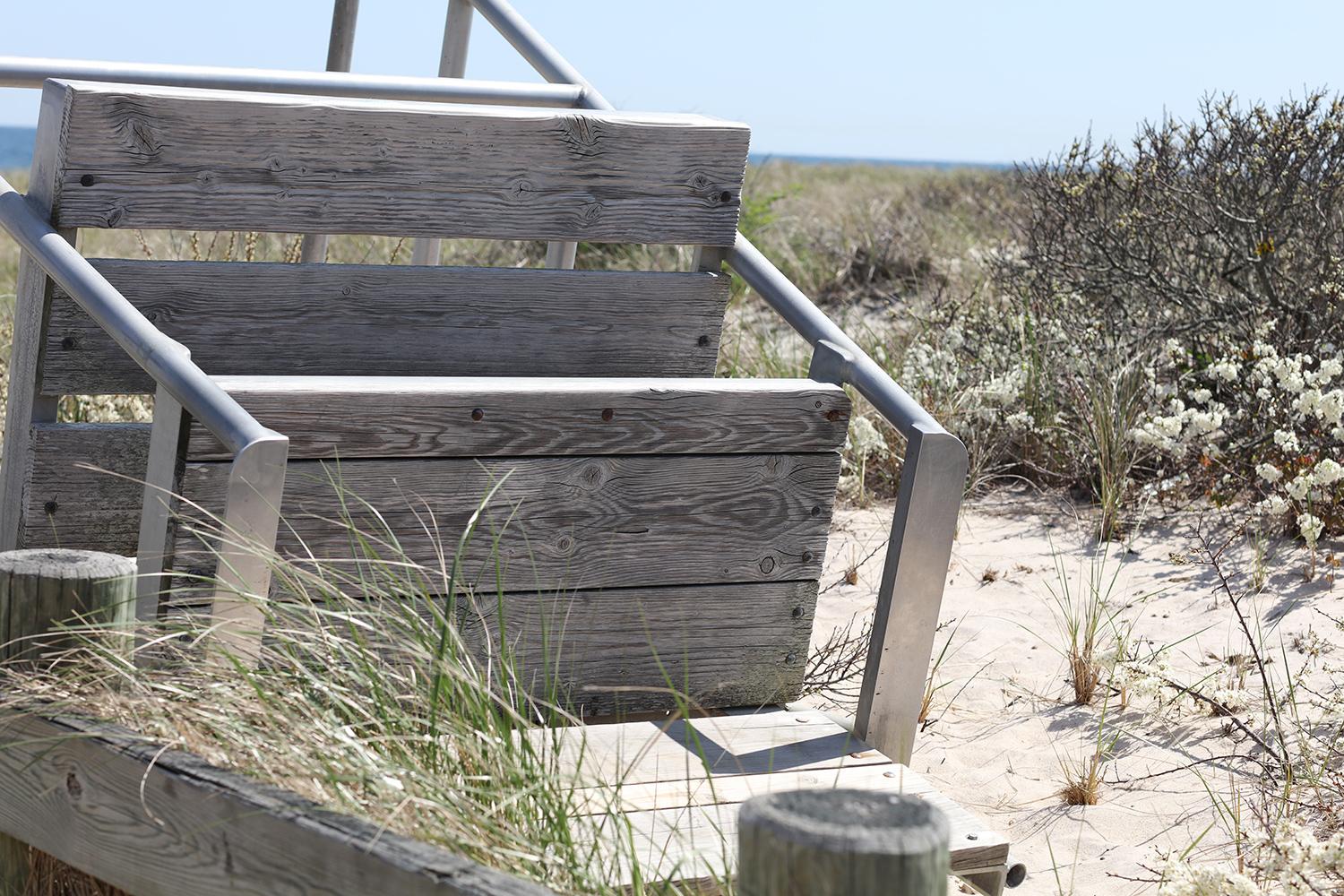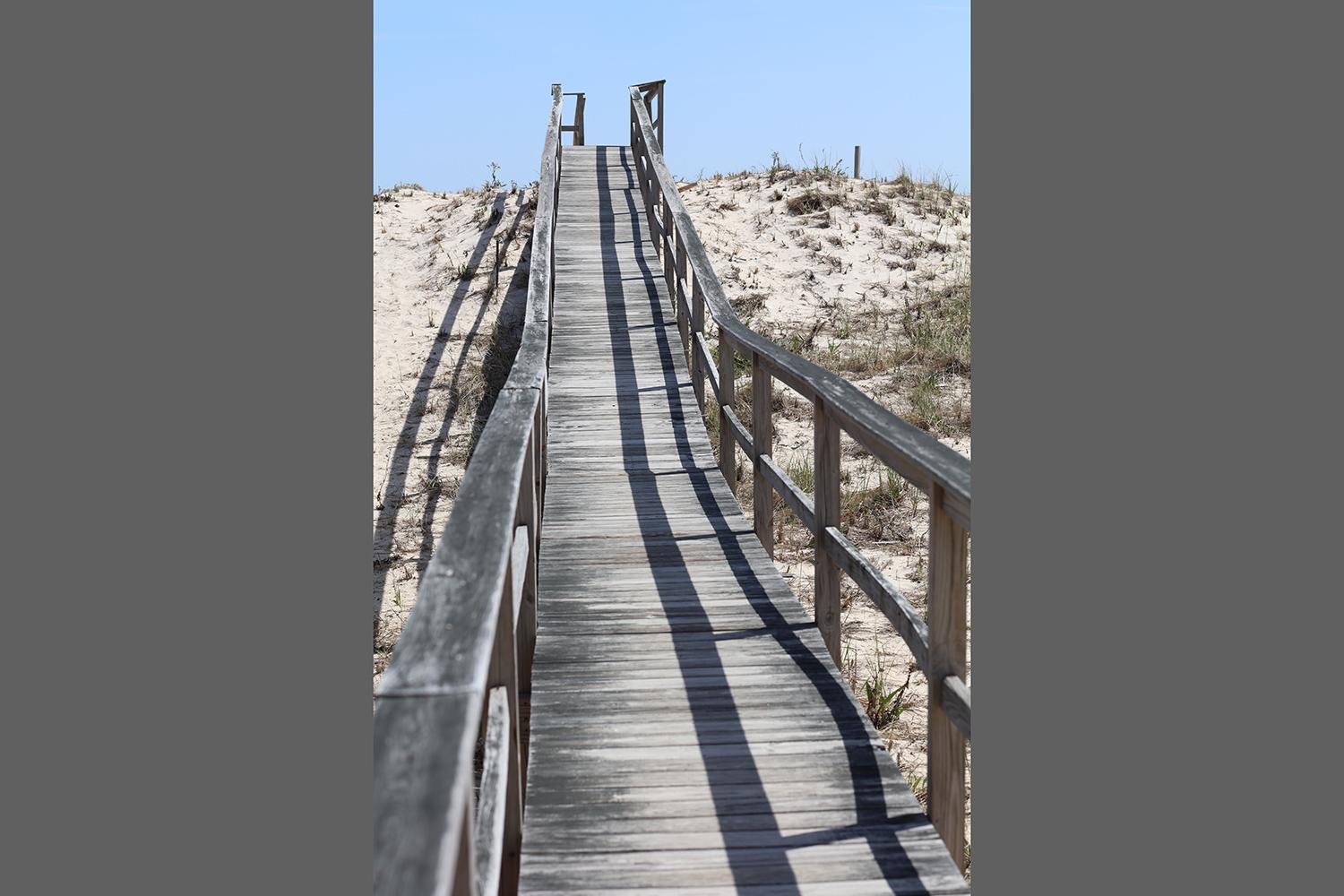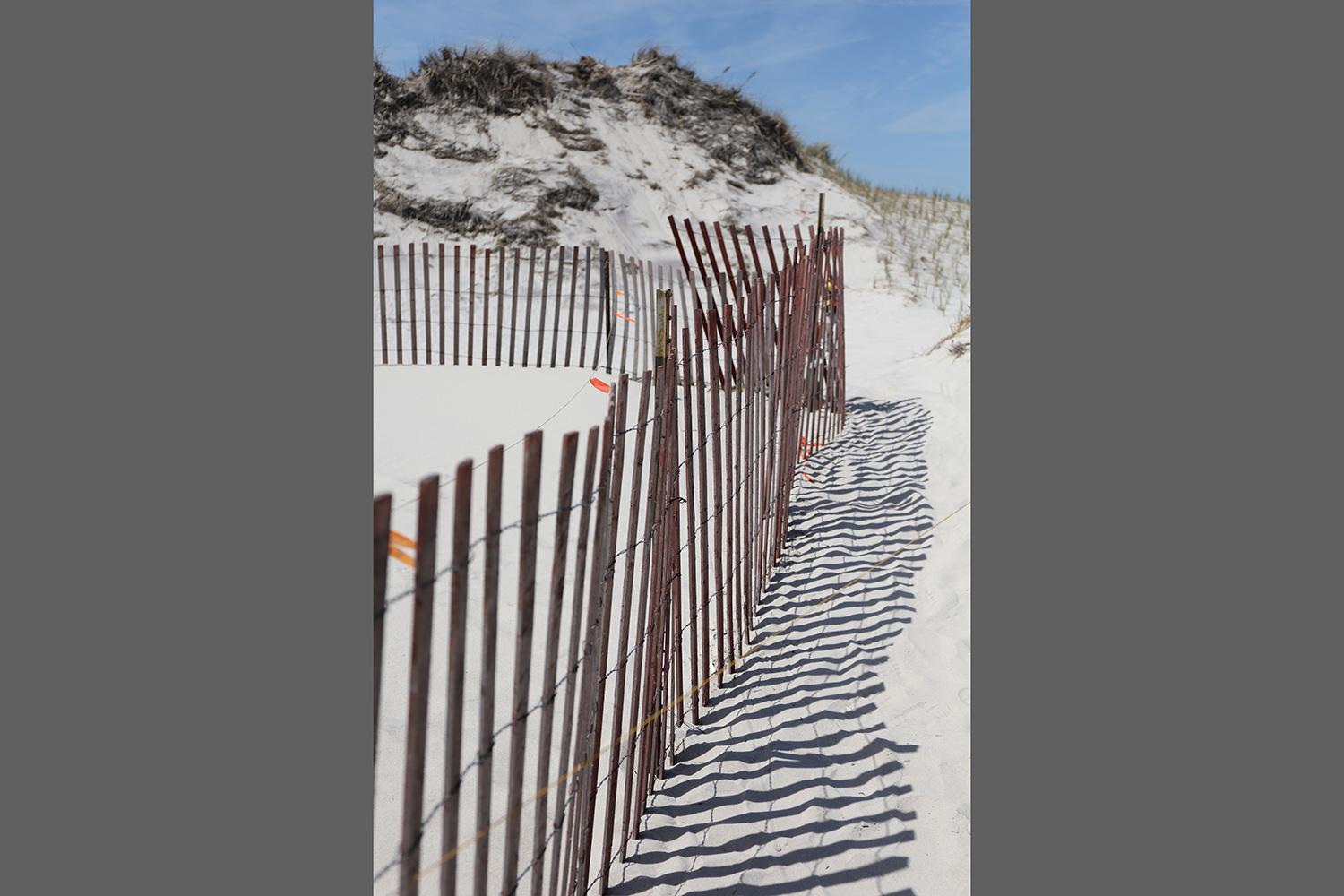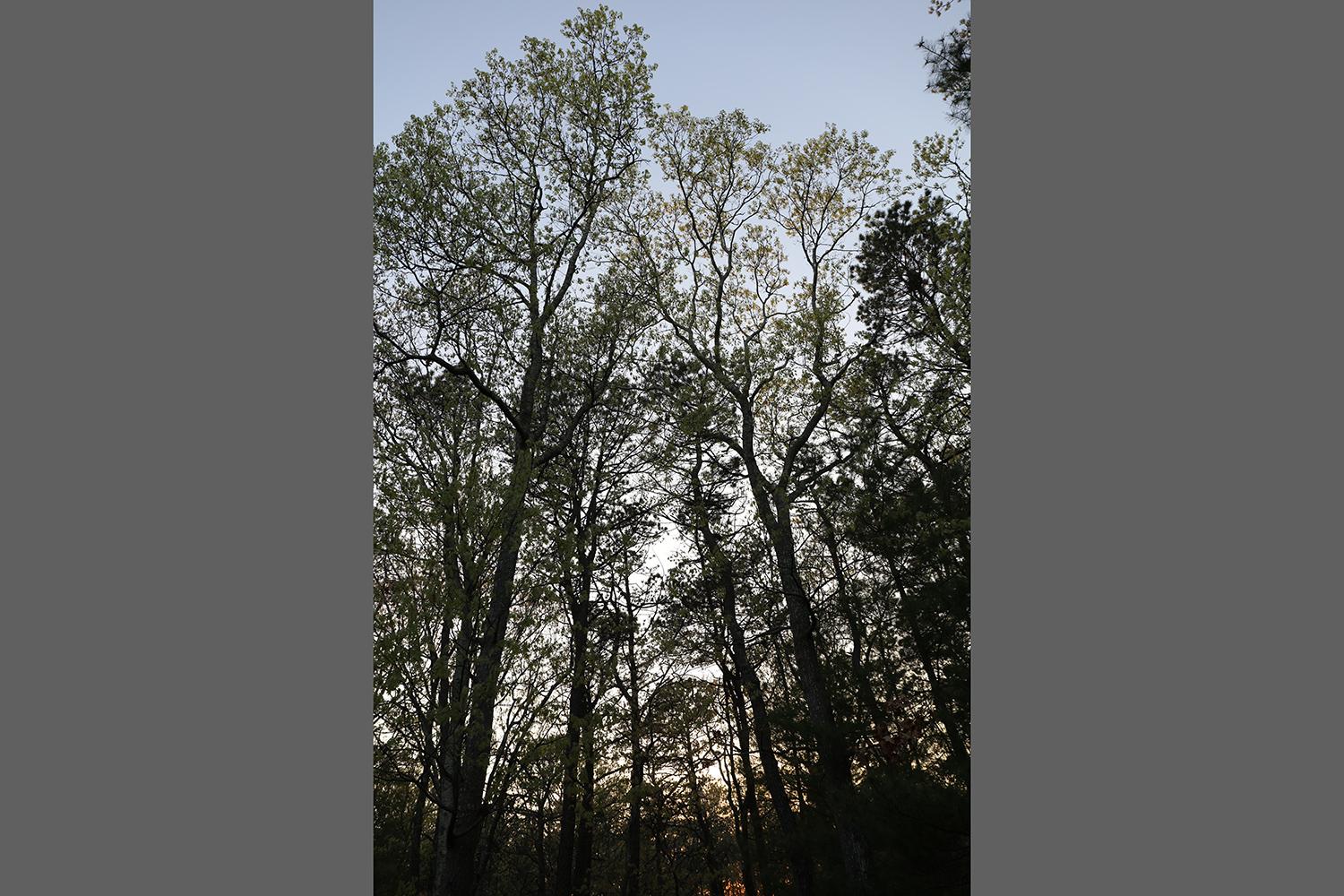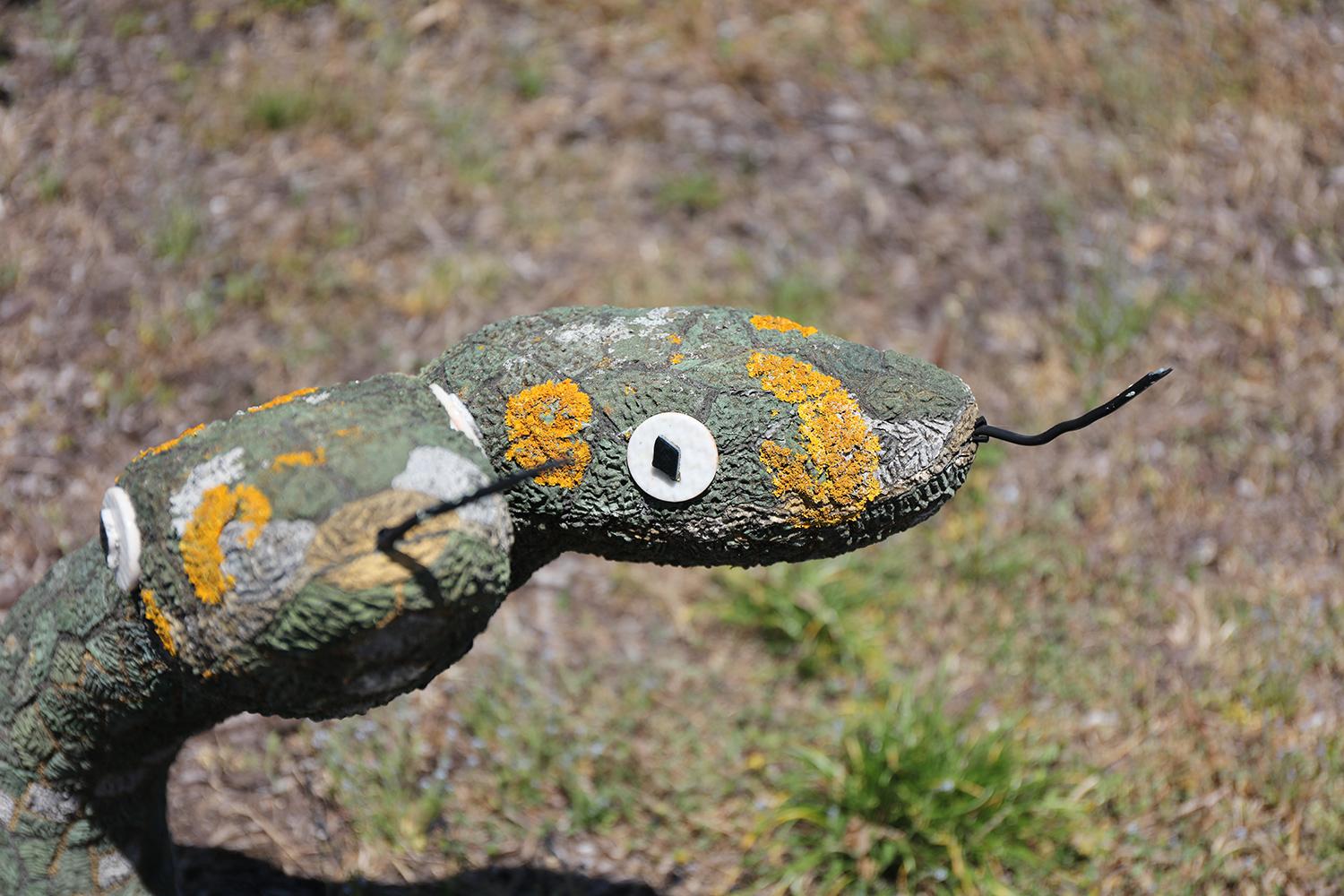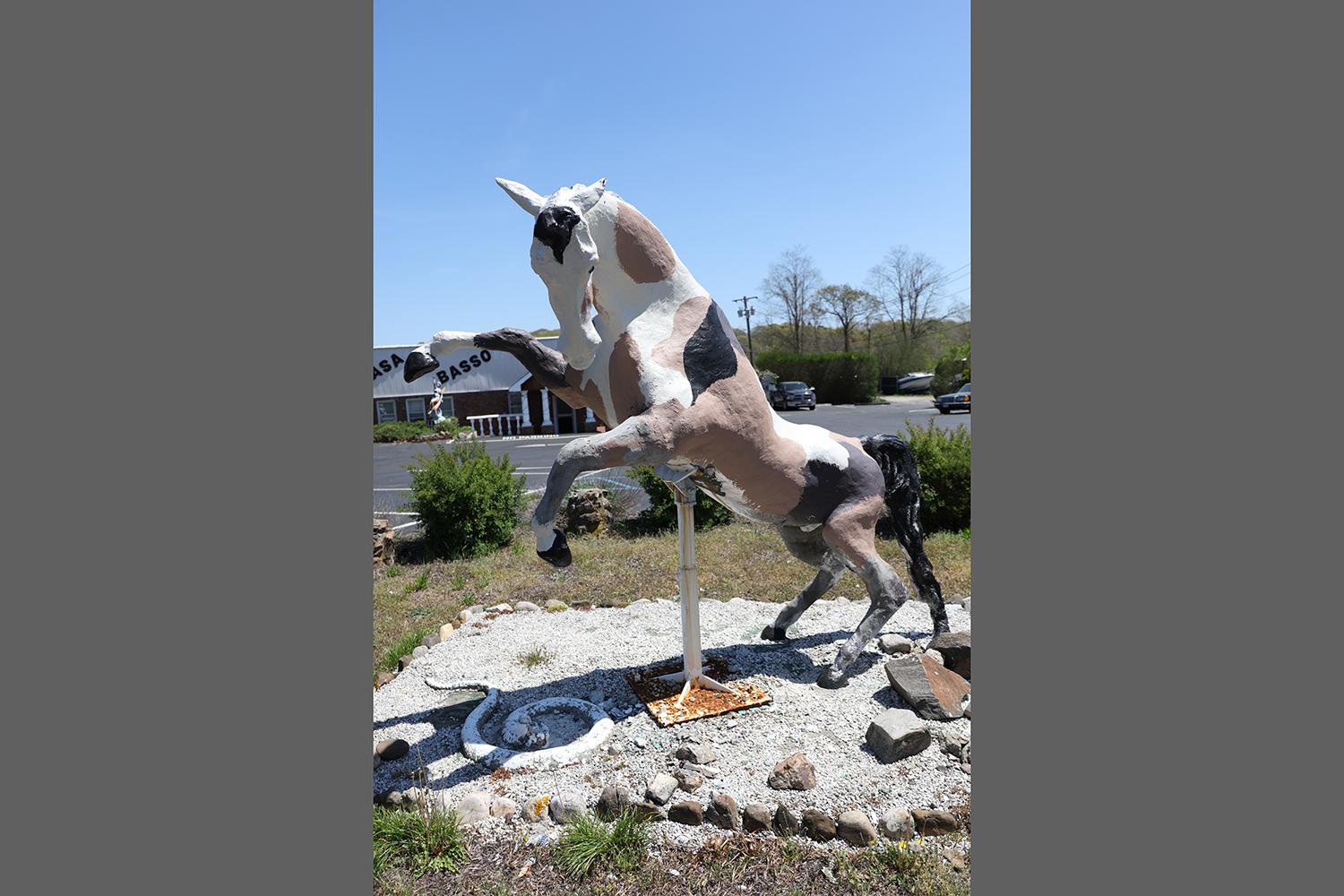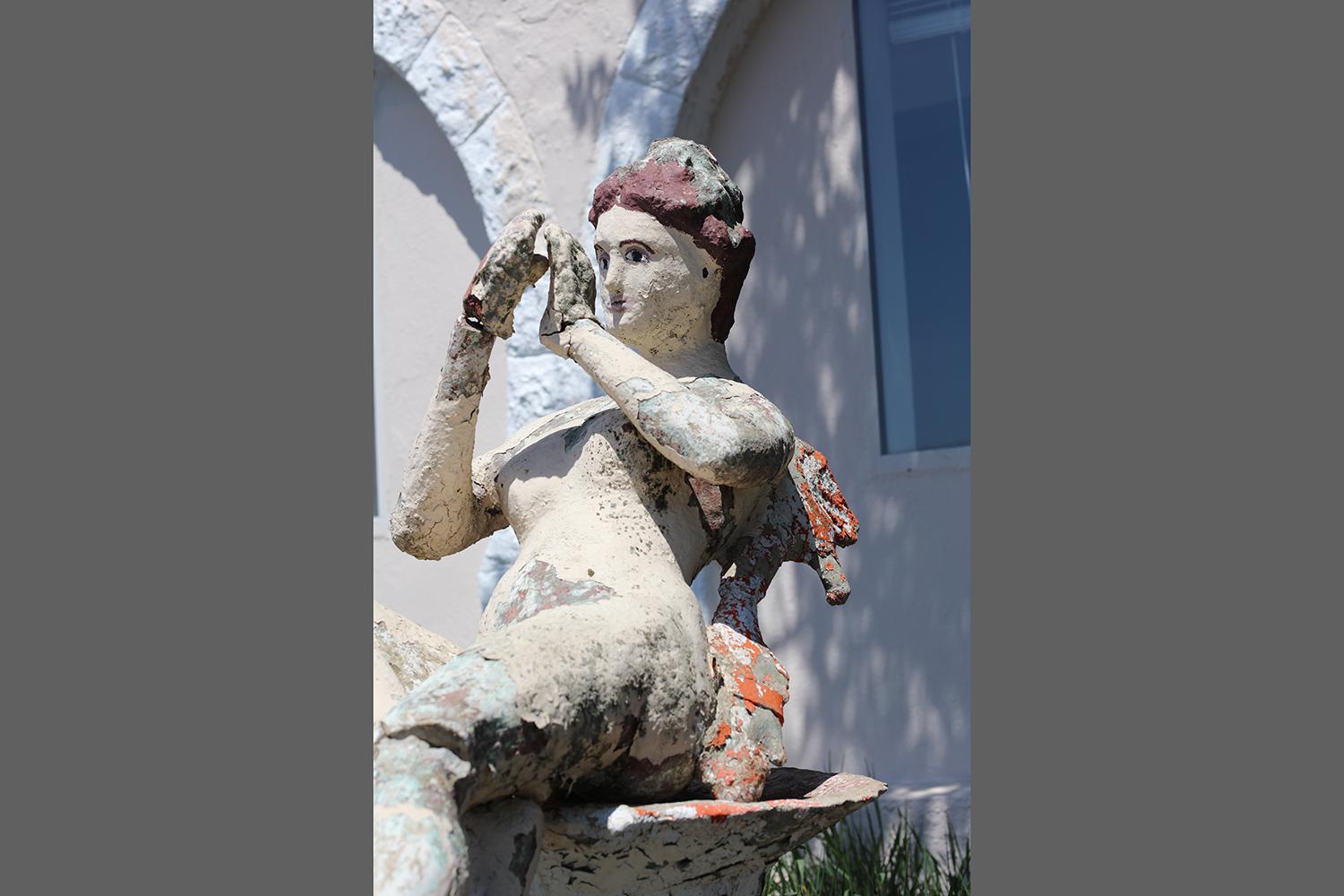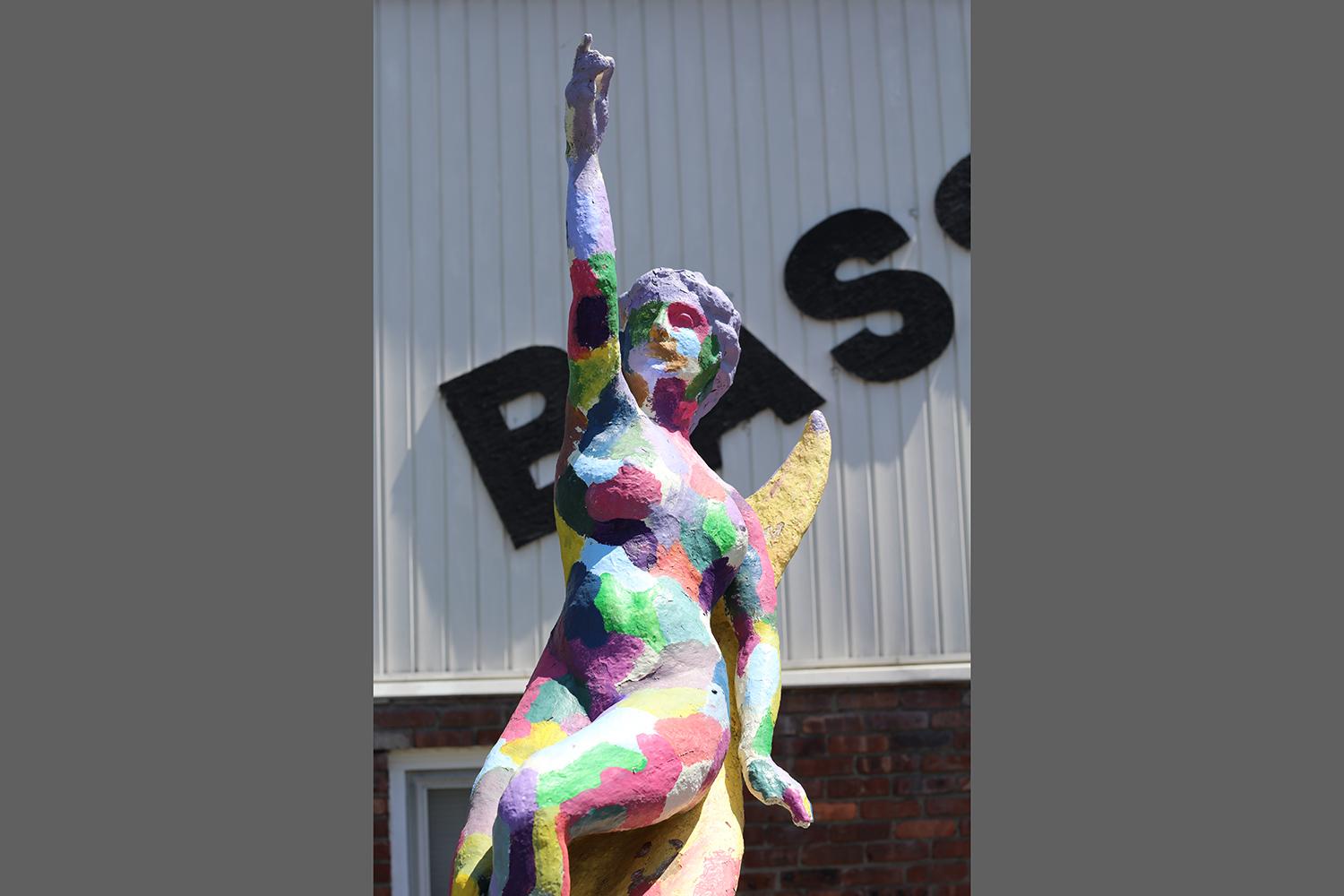The EOS 5Ds full-frame DSLR’s photo quality is so good, you may not need a more expensive medium format camera.
Read our full review of the Canon EOS 5DS R
A 36-megapixel full-frame DSLR is already a high-resolution camera, but Canon has managed to surpass that with its new 50.6-megapixel EOS 5Ds. It’s enough to print a quality 29 x 19 photo. If you want more megapixels, you’d have to move up to an ultra-expensive 60MP medium format Hasselblad.
At $3,699 (body only), you can call it expensive when comparing to a $500 entry-level DSLR. But if you’re a working professional who does a lot of studio work, this medium format alternative is a bargain. Many have been hoping for a medium format camera from Canon, so the 5Ds might be the compromise for the time being.
The 5Ds’ photos are the finest we’ve ever captured with a Canon camera – and it’s a beta model.
Canon sent us a pre-production, “beta” version of the camera so that we can get some first impressions. This means the samples we have here are not indicative of the final production version’s output; Canon says they are close, but not final, so keep that in mind when checking them out. The camera itself, however, is close to final, and we think our full review won’t be too far off from our first impressions.
Note: Canon also has a more expensive version of the 5Ds, dubbed the 5Ds R ($3,899), which has the optical low-pass filter removed to achieve sharper images.
Features and design
If have you to ask, who needs sharpness and detail greater than 36MP, clearly you don’t. The EOS 5Ds is for pros and artists who have a need for that resolution (think: studio and landscape photographers). Yes, it may be overkill for 99 percent of photographers out there, but when you’re offered a chance to drive a Lamborghini, you take it.
On the other hand, if you consider how costly medium-format cameras are, the 5Ds’ price point and high-resolution full-frame sensor is actually affordable – even cheaper than Canon’s 18.1-megapixel EOS-1D X flagship.
The 5Ds has the iconic Canon DSLR design, similar to the EOS 5D Mark III, a highly-regarded 22.3MP full-frame sibling that remains available ($2,799, body only). The 5Ds is just as big and bulky, measuring 6 x 4.6 x 3 inches and tipping the scales at 32.8 ounces (with card and battery). Exterior features are all those commonly found in Canon’s pro DSLRs.
The key feature on the front of the 5Ds is Canon’s EF mount. The company has a solid selection of full-frame lenses and there are lots of third-party options as well; the 5Ds does not support EF-S lenses used in cropped sensor (APS-C) cameras. For our preview, Canon supplied an EF f/4 24-70mm image stabilized Ultrasonic zoom lens ($999) and an f/1.2 85mm IS prime lens ($1,999).
Also on the front are a remote control sensor in the grip, self-timer lamp (no AF Assist), a lens-release button, and a mono mic (the camera has a jack for optional stereo microphones).
The top deck has a main mode dial, hot shoe, and monochrome LCD readout. The camera does not have a built-in flash; this is to be expected as most cameras designed for pros utilize optional Speedlite flashes and other lighting setups. Near the LCD readout are direct keys for white balance/metering, drive/AF, flash exposure compensation/ISO, and a button to illuminate the readout. On the grip are a jog wheel and another key for AF area selection/multi-function options.
Since the 5Ds is so tall, the grip offers a comfortable hold, but a hands-on is a must, as is the case for any camera. This camera is a heavy beast weighing close to two pounds without a lens. Attach the 85mm prime – a beautiful lens by the way – and you’ll have close to five pounds in your hands. Although the 5Ds can be used for walkabout shooting, a monopod or tripod is a required piece of gear.
The rear has a bright optical viewfinder and a fixed-position 3.2-inch LCD (rated 1,040k dots). Dotting either sides of the LCD are myriad controls. There are two buttons not typically found on everyday DSLRs – one is a two-image comparative playback key, and another is used to rate your shots, to quickly favorite images for reference later. The comparative playback key also gives access to a Picture Style palette, multiple exposures, and High Dynamic Range (HDR).
On the right side of the camera are two memory card slots: one for CompactFlash Type I, and another for SD cards (up to UHS-I). On the left are a stereo mic input, PC and remote control terminals, and HDMI and USB 3.0 connectors. The supplied power pack is good for 700 shots.
Performance and use
As mentioned, Canon stressed the production camera’s final output could change by the time it’s readily available sometime in June 2015. The photos we shot look incredible, so it’s hard to imagine the 5Ds’ final output getting worse. But, take our comments as first impressions, not final verdicts.
With the 85mm prime lens attached, the 5Ds weighs what feels like a ton – far heavier than entry-level APS-C DSLRs. This is not the camera to tote around for casual snapshots; not to say it wouldn’t do the job, but we wouldn’t want to do it. The 5Ds is really designed for in-studio pros, tripod-using landscape photographers, and artists who need the extra megapixels to make giant prints.
View the original full resolution images on Flickr
Surprisingly, for a pro-centric camera, the 5Ds has a Smart Auto setting on the main mode dial; experienced photographers typically have disdain for this point-and-shoot option, but we liked using it. Of course, there’s PASM, bulb, and three custom settings used by pros and enthusiasts.
The 50.6MP full-frame CMOS sensor allows the 5Ds to shoot at 8,688 x 5,792 resolution. To process this massive amount of data the 5Ds uses two Digic 6 image processors, which deliver a maximum burst rate of 5 frames per second. The camera has a 61-point High Density Renticular autofocus system with 41 cross-type points. It also has iTR Intelligent Tracking AF to ensure sharp focus, something required for such high-res images (also found in the EOS 7D Mark II). The list of specs is impressive and we recommend a visit to the Canon site for more granular detail.
All the bells-and-whistles are cool, but the main reason for using this camera is the sensor. In reviewing our photos on a large monitor, we can only say they look spectacular.
The 5Ds is designed for photography purists. Video is not its strong point.
During a photo shoot on eastern Long Island, where we photographed some funky, multi-colored sculptures and classic beach scenes, the sun was sparkling, so shutter speed could be pumped up to increase sharpness. We were amazed at the overall color richness and accuracy. Bokeh (blurring) effects were the best we’ve seen from a digital camera, even comparable to old Kodachrome 35mm slides. This body and the 85mm f/1.2 portrait lens are a wonderful pair – and they should be for a $5,000-plus setup.
As long-time fans of Canon image quality, the 5Ds’ are the finest files we’ve ever captured with a Canon camera. Canon is making us say, “these are not final quality,” but they look outstanding. Needless to say, we can’t wait to get our hands on a full production model for even more testing of such things as ISO and so on.
Regarding sensitivity, the 5Ds has a native ISO range of 100-6,400 with extensions to 50 and 12,800 – specs that aren’t very impressive compared to DSLRs hitting 102,800 and beyond. This camera will most likely be used under controlled lighting conditions, so extreme sensitivity is not a must.
Now, the 5Ds is great for shooting still-life, landscapes, and anything that won’t move. It’s important to note that, due to the high resolution, imperfection will show if you’re hand-holding the camera or you’re trying to capture moving objects. Although we shot hand-held in bright sunshine and were able capture nice shots, for the sharpest photos a tripod is highly recommended.
The 5Ds’ sibling, the 5D Mark III, excels at filmmaking. The 5Ds, however, is designed for photography purists. It can shoot video, but it maxes out at 1920 x 1080/30p using the H.264 MOV format. This seems really dated in 2015 with 60p commonplace and 4K making its presence felt. If your work is all about high-quality video, look elsewhere.
Lastly, the 5Ds does not have built-in Wi-Fi, but pro-level cameras rarely have this feature. Most professionals will tether the camera directly to a computer, using software like Adobe Lightroom to review images. If wireless transfer is a must, Canon offers a pricey $850 accessory.
Conclusion
Since this is a pre-production model, it’s too early to give it a rating. That said, we’ve been admirers of full-frame cameras for many years. If you want the best stills, full-frame is the way to go – if your budget can handle it, of course.
With the EOS 5Ds, Canon made us even more enthusiastic about full-frame. There’s no question, in terms of image quality, this camera delivers, but we should note that it’s not a camera for everyone. Sure, full-frame cameras like the Nikon D810 and Canon EOS 5D Mark III may not offer as many megapixels, but those cameras are great video performers, and are much more versatile. There will be buyers who will find the 5Ds an affordable solution for their needs, while others will find it overkill.
Highs
- 50.6MP full-frame DSLR
- Spectacular image quality
- Closest to medium format
Lows
- Expensive (depending on your usage)
- ISO tops out at 12,800
- Limited video options


